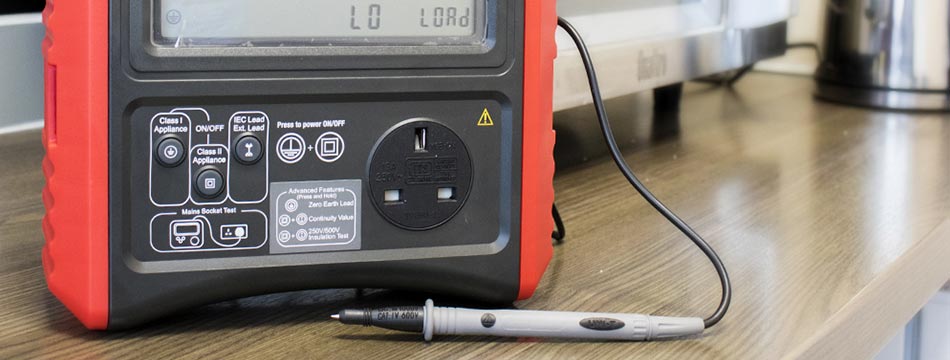
PAT testing is part of any professionals' life. Whether you actually carry out PAT testing yourself, contract a firm to carry out PAT testing or are merely in the area when testing is taking place, PAT testing affects all of us in one way or another.
As technology constantly advances, so too does the overall abilities of test equipment. Many different manufacturers now produce PAT testing equipment, each of which has their own merits. As such, choosing which PAT tester is right for you can be a daunting process, particularly if you're new to the industry.
Thankfully, PASS is here to help. This guide has been put together to help you with choosing a PAT tester that's perfect for your needs, so read on and discover exactly which of the wide range of portable appliances available in store is the one for you.
Manual, or Downloadable?
The very first question you should ask yourself when PAT testing is exactly how many appliances you have to test. If you have hundreds, you're going to need a PAT tester that makes life easier when testing and speeds up procedures, while if you have only a few, you don't need a high-end tester for this purpose.
We generally divide PAT testers into two distinct categories. Understanding the difference between each is important to make sure you make the right decision:
Manual PAT Testers - these are entry-level to mid-range products that come with various different features. None of these testers come with built-in memory, meaning that results will have to be jotted down by hand on a logbook or other similar documentation.
Downloadable PAT Testers - With built-in memory, advanced features and a wider selection of features, downloadable PAT testers are suited for larger PAT testing applications and allow results to be stored on the tester and downloaded directly into PC. They usually ship as standard with software that allows interaction with the data further on a PC.
You can expect to pay significantly more for a downloadable PAT tester than a manual one. This is because of the built-in memory and advanced functions of these units; if you don't need these extended functions, going for a manual PAT tester is much more cost-effective.
Entry-Level, Mid-Range, or Professional?
A PAT tester isn't just categorised by its downloadable/non-downloadable nature - we also classify a PAT tester depending upon its testing abilities and range of extended functions.
At PASS we classify PAT testers into three specific categories - entry-level, mid-range and professional. Depending on the PAT tester in question the overall abilities may change, but we follow these general rules for classification:
Entry-Level - Non-downloadable, simple-to-use testers that are suitable for testing up to 350 appliances. They lack the extended functions of higher-end testers, don't have memory and are best suited for small companies, low volume testing, schools, B&Bs, charity shops, care homes and any other low-volume user.
Mid-Range - Mix of downloadable and manual testers with a wider suite of testing procedures and various additional functions such as Bluetooth connectivity, printer ports and configurable testing procedures. Ideally suited for medium-sized companies, schools, colleges, care homes and workshops.
Professional - The best PAT testers on the market. With large memory, full download ability and significantly improved additional functions, these testers are best suited for large companies, high volume testing, PAT businesses, contractors, universities, hotels and construction sites.
The following table outlines the difference between each of our current PAT testers, as well as sorting them into the three categories mentioned.



